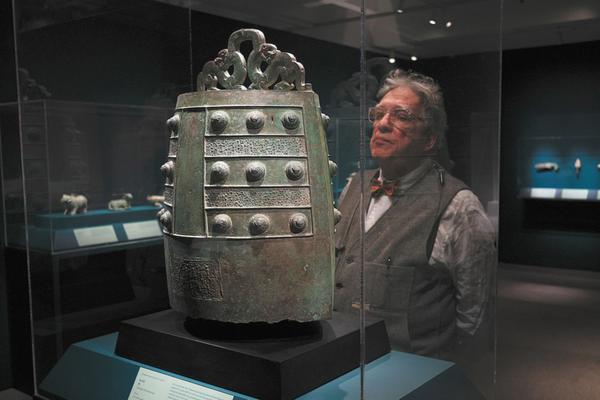
A visitor looks at a bronze artifact at an exhibition titled Eternal Offerings in New York, on March 5. (LIAO PAN/CHINA NEWS SERVICE)
Collectors in the U.S. and China share a curiosity about Chinese history and culture, but they preserve artifacts differently based on their aesthetic and scholarly priorities.
The Minneapolis Institute of Art, or MIA, in Minneapolis, Minnesota, brought a collection of ancient Chinese bronzes to the China Institute in New York for an exhibition, titled Eternal Offerings, from March 6 to July 13.
More than 70 objects are showcased at the China Institute Gallery, including a late Shang Dynasty (c. 16th century-11th century BC) wine vessel and a Han Dynasty (206 BC-AD 24) celestial horse sculpture.
The emergence of the culture of bronze — an alloy of copper, tin, and lead — remains a crucial chapter in the history of human civilization. Chinese bronzes from this period are unique in world history because of their variety and intricacy, the ritual context in which they developed, and the sheer number that have been unearthed over China's vast territory.
The people of the Bronze Age of China believed in the hierarchy of beings. They created their art to maintain this order on earth and in the afterlife. They made a wide range of bronze vessels to acknowledge the powers invested in those of high rank in ceremonies and sacrifices.
"At that time, American collectors of bronzes had different tastes compared to traditional Chinese collectors. Traditional Chinese collectors preferred bronzes with inscriptions, as they were interested in studying the inscriptions and the historical, religious, political, and military information they conveyed," said Liu Yang, Chair of Asian Art and Curator of Chinese Art at the MIA.
"In contrast, Western collectors were more drawn to the form of the bronzes, focusing more on their aesthetic appeal."
For example, many of the bronzes in this exhibition feature exceptionally intricate patterns, including beast-faced motifs, animal-shaped designs, and openwork carvings, he said.
"Through this exhibition, you can also see the evolution and development of bronze craftsmanship from the Shang Dynasty to the Han Dynasty," said Liu. "This is a way for people to learn about Chinese history through these artifacts."
Liu introduced that the MIA is one of the top museums with the finest collection of Chinese bronzes.
Most museums in the United States are private institutions, with their collections largely built through donations from local philanthropists.
U.S. collector Alfred Pillsbury developed a deep curiosity about the stories behind these artifacts. Starting in the 1990s, he shifted his funding from Western art to acquiring Chinese artifacts. Thanks to such donations, the museum has amassed a vast collection of unique Chinese artworks.
"Bronze culture is an extremely important chapter in the development of Chinese history and art. It is a brilliant and unique part of Chinese heritage, something that does not exist in Western cultures," the curator said.












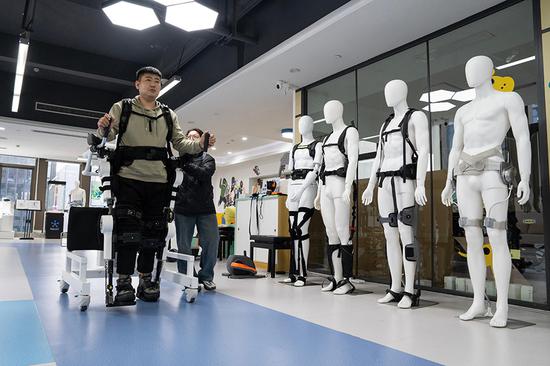


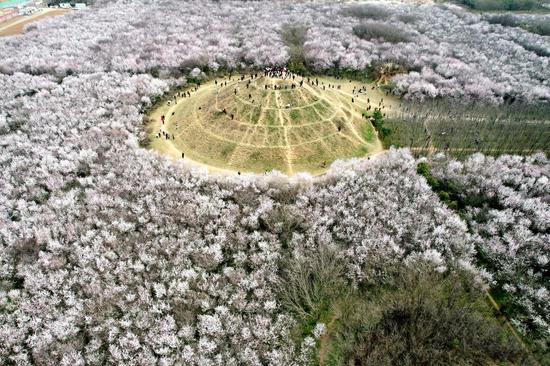
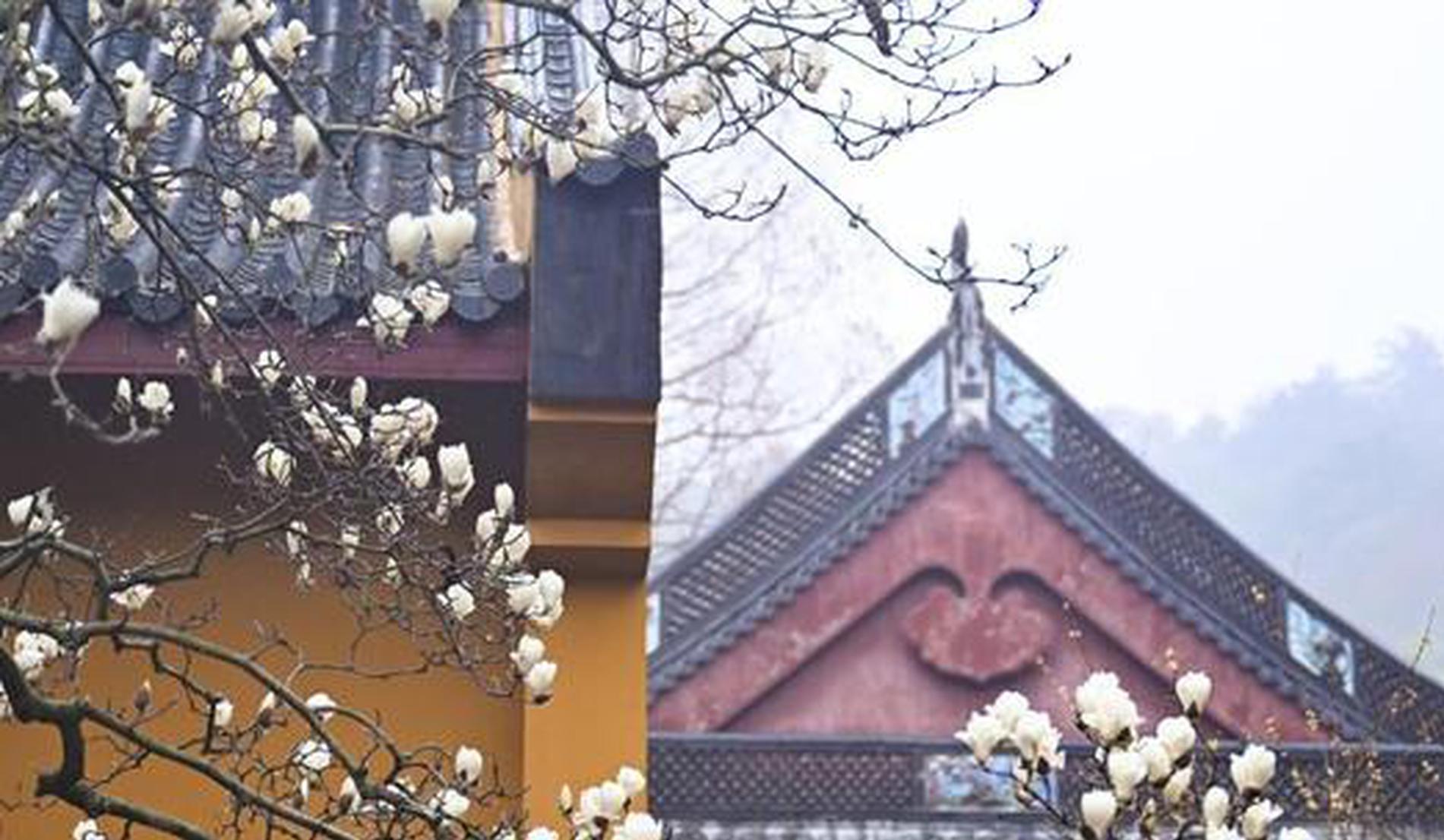

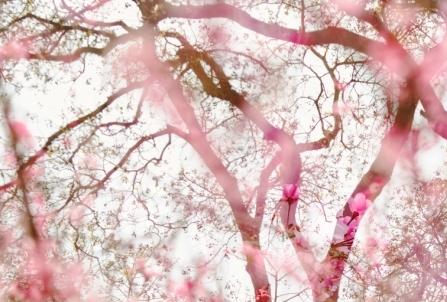
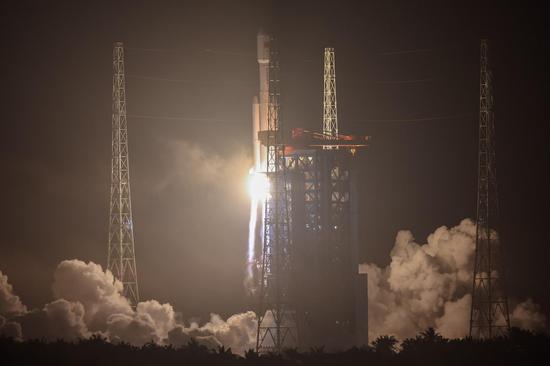

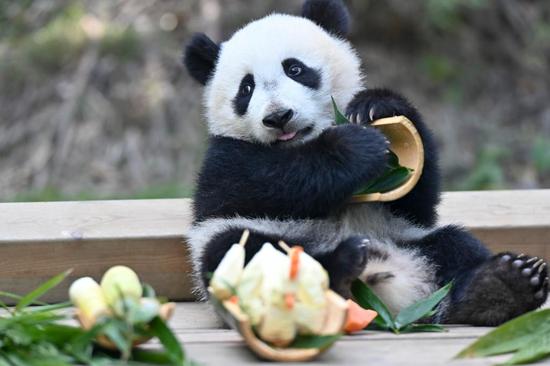

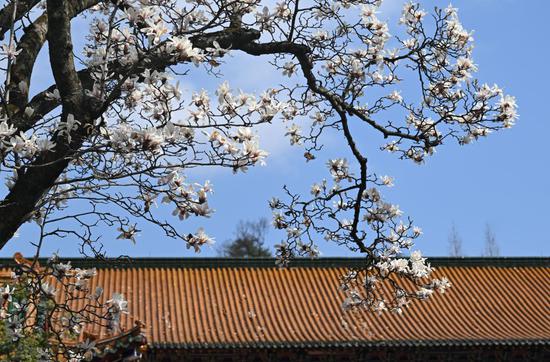

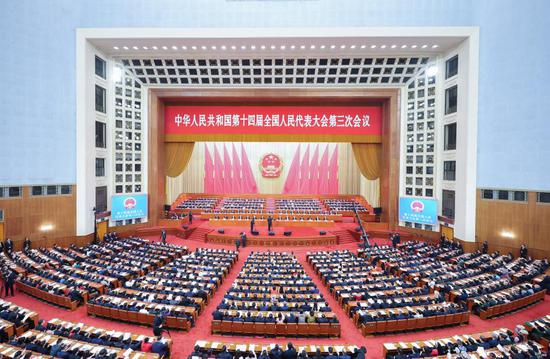

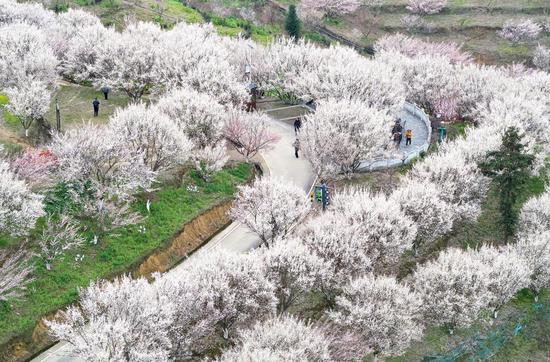

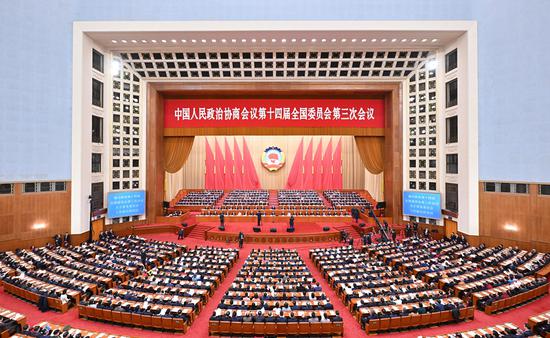


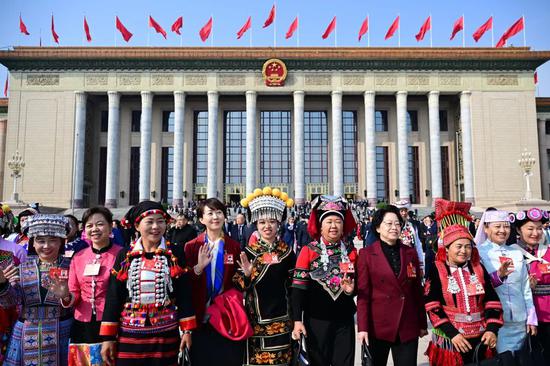



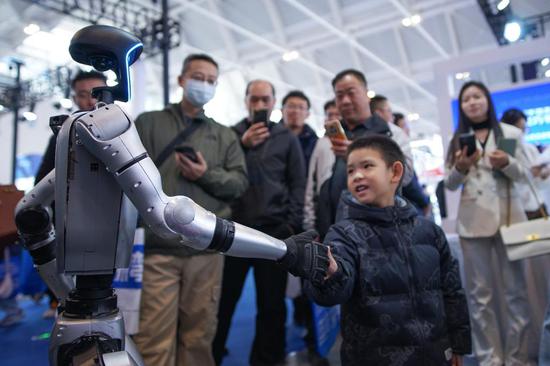
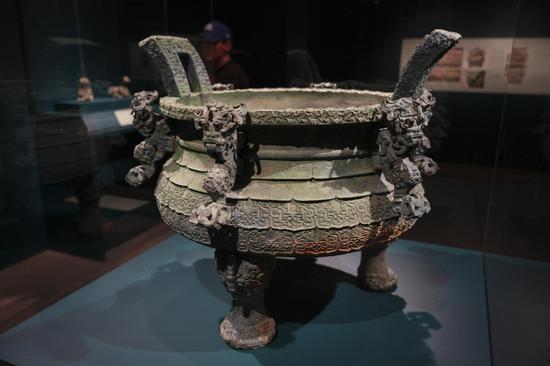

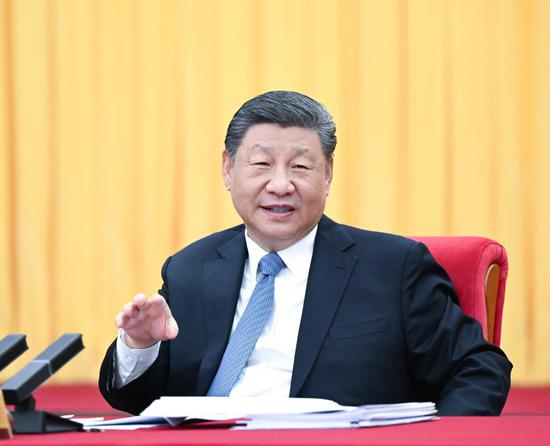




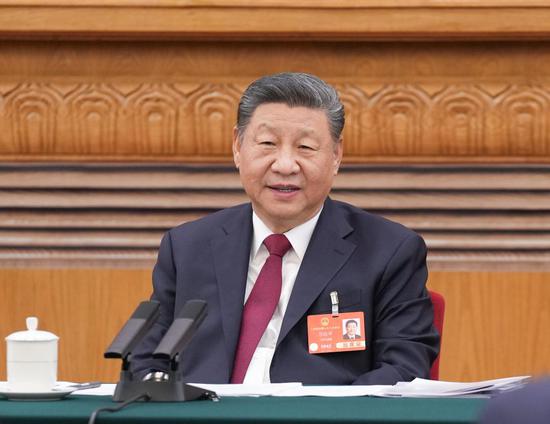

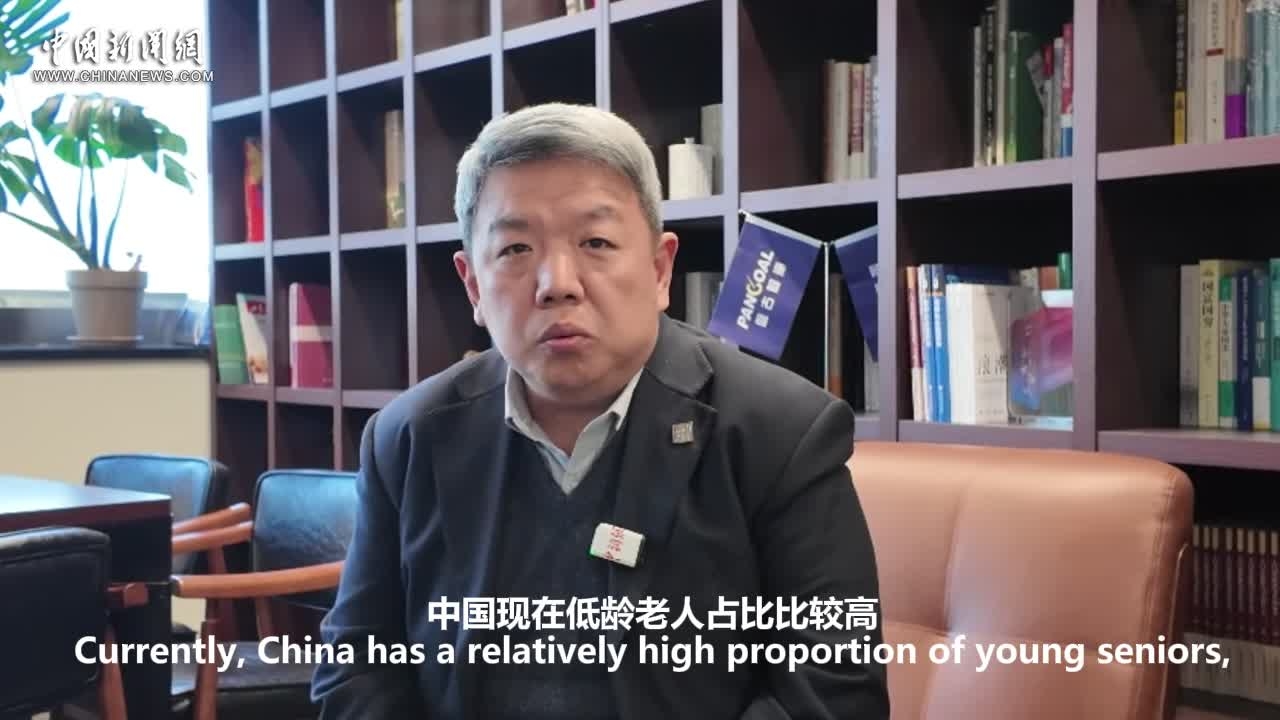

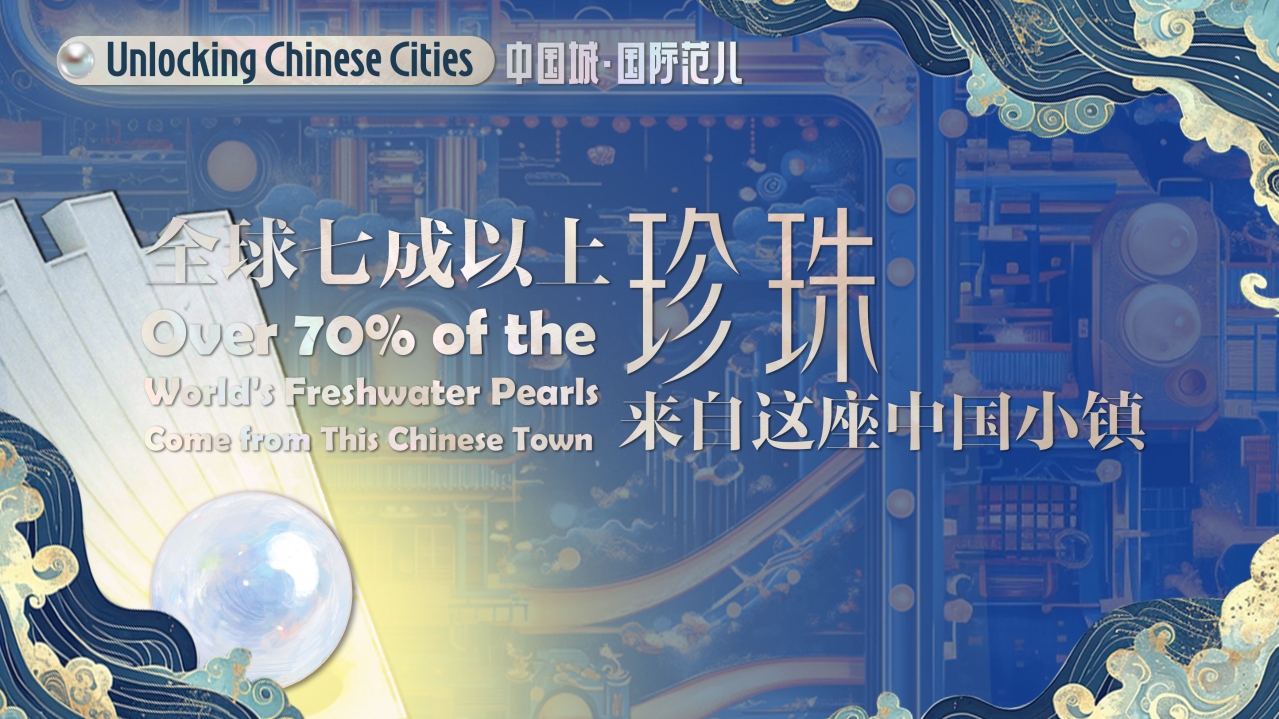

 京公网安备 11010202009201号
京公网安备 11010202009201号